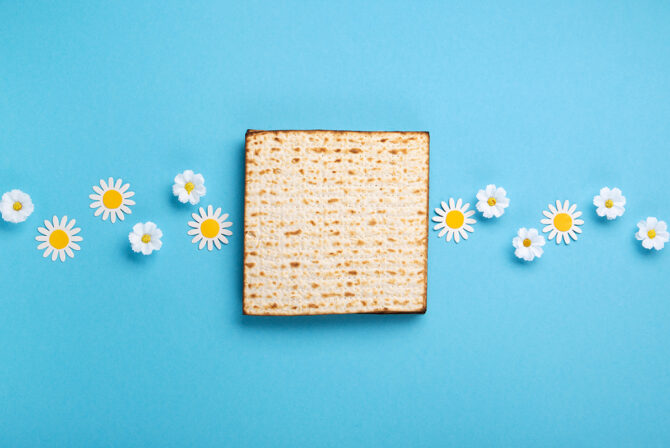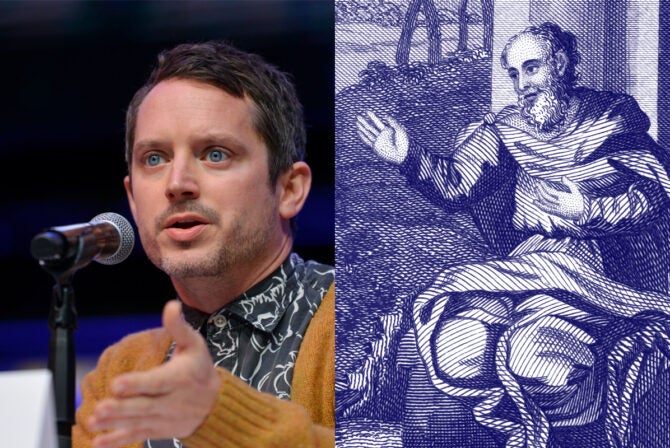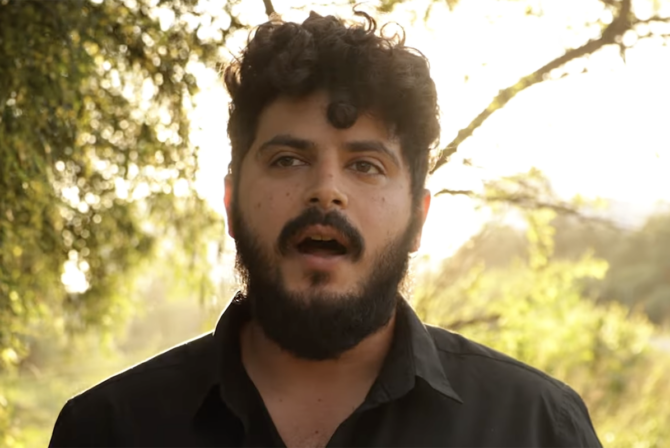1. How did you and your spouse meet?
We were casual friends in high school. When we met up again after college, we realized that we had a lot more in common than we previously thought. Twelve years and three states later, we returned to our home state and started our own little family, near our parents.
2. Are you raising your kid(s) with one religion, both religions, or somewhere in between?
I was raised in Taiwan, where Buddhism was the predominant religion practiced, though I was not particularly religious. “Believing” and worshipping are also not a fundamental requirement for Buddhism. So, in many ways, our religions have no direct conflict, unlike other religious pairings, such as Christianity and Judaism. As a first-generation immigrant, keeping my cultural identity is important to me, and as such, I feel strongly also that my children should embrace their cultural identities. Thus, our daughter had a naming ceremony, and our twin sons had a brit milah. They have also been converted to Judaism during infancy with an immersion in the mikveh. They attend a Jewish preschool, and I, perhaps more so than my husband, would like them to continue their education in the Jewish day school. As far as how close a relationship they would like to keep with God, I will let my children decide on their own.
3. How do you feel about your family being labelled “interfaith”?
 While technically we are an interfaith family, as I don’t have plans to convert myself, the label seems to emphasize a division to me. I’d like to think of us as being multicultural, which seems to be more encompassing of our values and traditions.
While technically we are an interfaith family, as I don’t have plans to convert myself, the label seems to emphasize a division to me. I’d like to think of us as being multicultural, which seems to be more encompassing of our values and traditions.
4. What did you think would be an issue about being an interfaith family that really hasn’t been?
I worried that by teaching my children that they are Jewish and Chinese, they might feel that they don’t truly belong to either group. But, so far, our families and community seem very accepting. Both of our parents live in town with us, and we spend a lot of time with both sides of the family. We eat moon cakes during the autumn festival, and light lanterns for the lantern festival. We also eat matzah ball soup during Passover, and play dreidel during Hanukkah. My 4-year-old daughter proudly tells everyone that she is half Jewish and half Chinese, and feels at ease whether she is in school, at temple, or anywhere else. I hope this will never change.
5. How did you choose your kids’ names?
When we were considering names, we wanted Jewish names that could be easily pronounced in Chinese by my family. My daughter’s name is Rachel, which sounds like “auspicious autumn” in Chinese. My sons are Eli and Joshua, both of which are easily sounded out in Chinese as well.
6. What’s your word of advice to other interfaith families?
I hesitate to give advice, since what works for one family may not work for another. In our case, both my husband and I have decided that fostering a close relationship with our families was important to us, which meant moving from some major metropolitan areas that offered more job opportunities and career growth, so that we may be closer to our parents. I think building relationships require time and effort, and we are fortunate that we were able to make these choices that worked for us. I don’t think our way is the only way to connect with your communities though.
“Up Close” is a photo and interview series on Kveller aiming to put a face on the interfaith conversation. We’ll be highlighting interfaith families and hearing their stories all month. If you’re interested in participating, send an email to info@kveller.com with the subject line “Kveller Up Close.”








